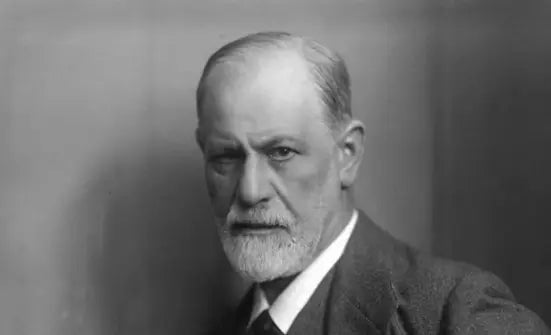Freud’s and Jung’s Theories
Sigmund Freud’s psychodynamic perspective rests on three important assumptions of the mind’s workings including cognitive design, subconscious, and conflict between the minds cognitive elements.
Cognitive Design
The first concept is the belief that an individual’s action is determined by his or her thoughts, emotions, and desires and the way these attributes connect and work in the mind. These behavioral causes are based on Freud’s theory of how the human mind is designed, e.g., id, ego, superego. The id is the base or instinctual portion of the mind, while the ego is the rational controlling portion of the mind. The superego is the controlling portion of the mind that is regulated by culture and values (Kowalski & Westen, 2009). Freud believed behavior resulted from id, ego, and superego interacting with the ego regulating the base instincts of the id with the moral compass of the superego.
Subconscious
The second concept is the belief that many of these mental events or actions take place below the conscious level of the mind. This is perhaps Freud’s greatest contribution to the advancement of psychology since he argues that behavior is often the result of unconscious urges which there is evidence to support. Humans are driven by urges and desires that are not always controllable such as attraction between individuals. Conflict Between Id, Ego, & Superego The third concept is that these thoughts are at times in conflict with one another and this creates mental problems or abnormal behavior (Kowalski & Westen, 2009). Freud believed that psychological problems were the result of conflict between unconscious desires and thoughts and the rational conscious mind with an emphasis on sexual desires. Freud saw sexual desire as the most potent of urges thereby the most influential in behavior.

Jung separated from Freudian theory, rejecting Freud’s emphasis on sex as the source of behavior motivation. Jung broke from psychodynamic theories and formed his own theory called Analytical Psychology. Jung separated from Sigmund Freud to develop his own human personality theory based on his belief that the human psyche has an undeniable religious nature (Goodwin, 2008).
Jungs’ belief in this religious nature inherent in humans evidenced in dreams and their interpretation, which he supposed a significant insight into people’s psyche and theorized for people to become whole, they must be taught to integrate the unconscious with the conscious mind in a process he called “individuation” (Goodwin, 2008). This process was at the center of his analytical psychology and often included interpreting dreams and behaviors (Goodwin, 2008).
While both Jung and Freud added significant thought to psychology and laid the groundwork for psychology as a science, neither of their theories explains personality with any degree of accuracy. Both Jung and Freud made sweeping generalizations concerning personality and behavior based on their limited observations. Today, only portions of their ideas survive in more robust theories such as trait theory.
References
Goodwin, C. J. (2008). A history of modern psychology (3rd ed.). Hoboken, NJ: Wiley. Kowalski, R., & Westen, D. (2009). Psychology (5th ed.). Hoboken, NJ: Wiley.
~Citation~
Triola Vincent. Thu, Apr 01, 2021. What are some key differences between Freud’s and Jung’s theories? Retrieved from https://vincenttriola.com/blogs/ten-years-of-academic-writing/what-are-some-key-differences-between-freud-s-and-jung-s-theories
